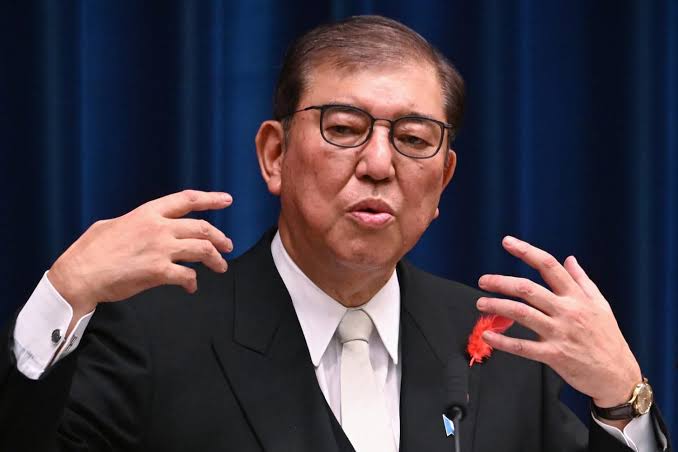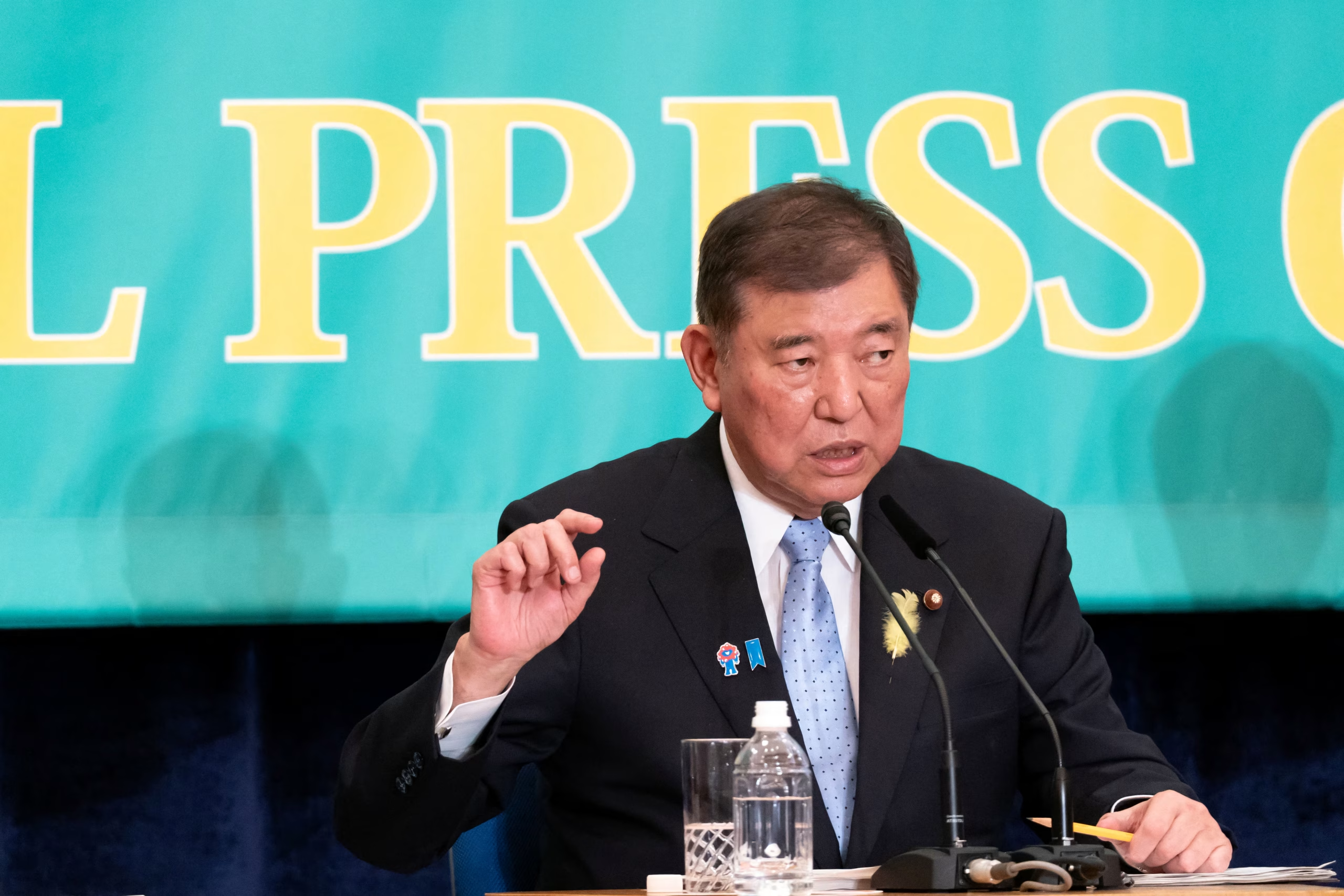Japanese Prime Minister Shigeru Ishiba is confronting a critical moment in his political career as voters head to the polls on Sunday for upper house elections.
Opinion polls suggest his governing coalition could lose its majority, a development that may lead to the end of his premiership and potentially see a right-wing populist party gain significant ground.
Many Japanese voters are reportedly struggling with rising prices, particularly for rice, which has become a hot topic in the election.
Ishiba’s Liberal Democratic Party (LDP) and its junior coalition partner Komeito already lost their majority in the lower house during elections last October, forcing them into a minority government and hindering their legislative agenda.
Economic Frustrations and Political Uncertainty
“Ishiba may need to step down,” commented Toru Yoshida, a politics professor at Doshisha University. He warned that Japan could “step into an unknown dimension of the ruling government being a minority in both the lower house and the upper house, which Japan has never experienced since World War II.”
Voters at Tokyo polling stations voiced their concerns.
Atsushi Matsuura, 54, told AFP, “Commodity prices are going up, but I am more worried that salaries aren’t increasing.”
Hisayo Kojima, 65, expressed frustration over her “pension being cut shorter and shorter,” highlighting it as her most pressing issue.

Stefan Angrick of Moody’s Analytics noted that “Energy prices have swung sharply in recent months, as the government has flip-flopped between removing aid for household energy bills and adding new supports.”
Of the 248 seats in the upper house, 125 are being contested on Sunday, with the coalition needing to win 50 to maintain a majority.
Lingering resentment over an LDP funding scandal and the looming US tariffs of 25 per cent (set to take effect August 1 without a trade deal) are not helping Ishiba’s prospects.
Japan’s massive auto industry, which accounts for 8% of the country’s jobs, has already been hit by existing levies. Weak export data last week also fuelled fears that the world’s fourth-largest economy could enter a technical recession.
Despite Ishiba’s efforts, including an early meeting with US President Donald Trump and seven visits to Washington by his trade envoy, no agreement has been reached.

Trump recently poured cold water on the prospects of a deal, stating Japan won’t “open up their country,” to which Ishiba responded, “We will not easily compromise.”
Ishiba’s hardline stance of insisting all tariffs be cut to zero has drawn criticism, with Masahisa Endo, a politics professor at Waseda University, stressing the importance of handling US tariff negotiations well to increase public trust in the LDP.
Rise of Populism and Fragmented Opposition
The LDP and Komeito last failed to secure an upper house majority in 2010, having also done so in 2007. This was followed by a rare change of government in 2009 when the now-defunct Democratic Party of Japan held power for a turbulent three years.
While the current opposition is fragmented and unlikely to form an alternative government, the “Japanese-first” Sanseito party is making inroads. Opinion polls suggest it could win over 10 upper house seats, up from its current two.
Sanseito advocates for “stricter rules and limits” on immigration, opposes “globalism” and “radical” gender policies, and seeks a re-evaluation of decarbonisation and vaccine policies.
The party recently denied any links to Moscow after a candidate was interviewed by Russian state media.
One voter at a Sanseito rally told AFP, “They put into words what I had been thinking about but couldn’t put into words for many years.


 Trending
Trending 
